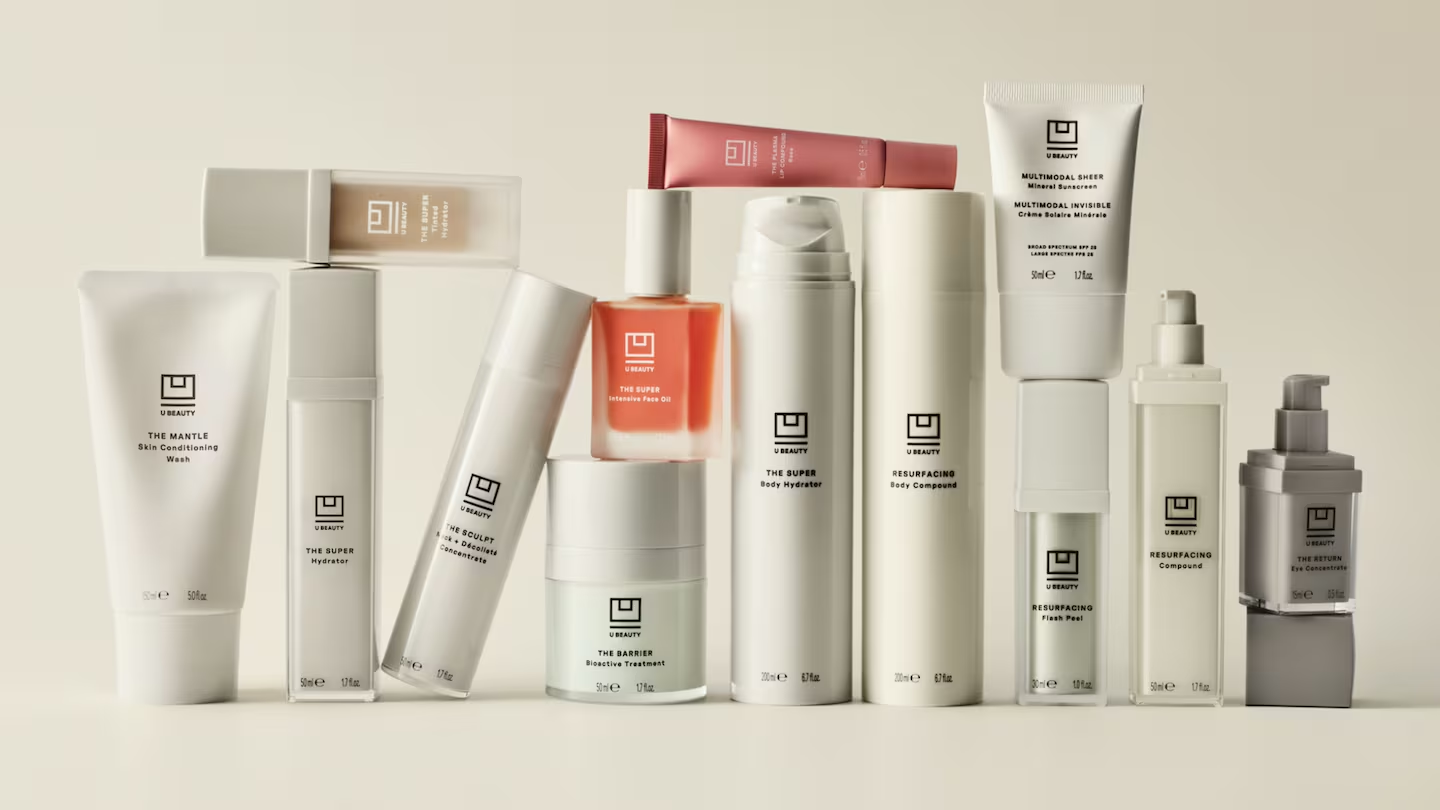Barons - RealReal IPO
RealReal CEO: ‘We’re Just Getting Started’

Uber, Beyond Meat, and the now-postponed We Co listing have dominated coverage of initial public offerings this year. But 2019 has been full of new-stock debuts, and some deserve more attention.
The RealReal (ticker: REAL) is one of the year’s more under-the-radar IPOs, despite being at the intersection of numerous growing trends: e-commerce, sustainability, the sharing economy, and automation. Founded in 2011, the $1.5 billion-market value company is the leading online marketplace for luxury resale. Its offerings include men’s and women’s clothing, shoes and sneakers, handbags, watches, jewelry, and even luxury furniture and art. And just like its products, the stock looks to be available for a discount.
The RealReal has professionalized the marketplace for used luxury goods. The company, based in San Francisco, takes possession of inventory from its consignors and employs a staff of brand experts,gemologists, and watchmakers who authenticate every item that comes into its warehouses. That builds trust with buyers, who don’t have to worry about purchasing counterfeit goods, a fear elsewhere on the internet.
“We have a huge moat there, in our people, technology, and infrastructure,” founder and CEO Julie Wainwright tells Barron’s.
Consignors are willing to pay up for the service. Depending on the product category and price point, The RealReal keeps 15% to 60% of an item’s sale price, with an average “take rate” of about 37% in the second quarter. That compares with a take rate of less than 10% for eBay (EBAY).
The RealReal representatives will even come to some consignors’ homes and go through their closets, advising them on what to sell.The RealReal processes the goods, photographs them for its site and mobile app,writes descriptions, handles shipping and returns, and optimizes pricing using its data set on millions of past transactions. The company plans to automate almost two-thirds of its pricing this quarter. Last year, 80% of products sold within 90 days, and 96% eventually found a buyer.
The RealReal’s half a million buyers make it the leading option for consignors of used luxury goods, which increases its catalog,attracting yet more buyers. One feeds the other, says Wainwright, leading to a virtuous cycle that makes The RealReal’s marketplace difficult to duplicate.Eighty-three percent of sales volume last quarter came from repeat buyers, and 53% of consignors were also buyers.
It’s also an attractive business model for TheRealReal, which takes possession of the goods but doesn’t owe anything to the consignor until they’re sold. It’s able to set its own price and adjust it depending on market demand while maintaining the same profit margins.
Sam McBride, an analyst at stock-research firm New Constructs, notes that The RealReal’s business hasn’t experienced a recession,but he thinks it might benefit from a downturn. Consumers may look to save money by choosing resale, and consignors looking to raise cash might list more products.
The RealReal went public in late June at $20 per share, with the stock rocketing 45% higher to close at $28.90 on its first day of trading.That is still its all-time closing high. Shares fell to $13 by late August,before rebounding recently to $17.
The selloff is an opportunity for long-term investors. Stifel’s Scott Devitt says that The RealReal trades at a discount to other online marketplace firms, despite faster growth. The stock trades for 3.1 times enterprise value to 2020 revenue estimates of $406 million, versus 8.2 times for Etsy (ETSY) and 3.4 for eBay. Devitt’s $30 price target corresponds to a 5.9 times enterprise-value-to-2020-sales multiple. He has a Buy rating.
For now, The RealReal is in a high-cost investment phase, and hasn’t yet turned a profit. It also has plenty of skeptics: Short interest totals 36% of the stock float, with many investors betting that the high take rate won’t hold up. The RealReal’s path to profitability is reliant on building scale, enabling sales growth to outpace costs.
The RealReal opened a distribution warehouse in New Jersey earlier this year that doubled its fulfillment capacity, and plans to open two physical stores a year, adding to three existing locations in New York and Los Angeles. Chief Financial Officer Matt Gustke says that The RealReal’s approximately $321 million in IPO proceeds are enough to fund its growth until profitability.
Luxury resale is a fragmented market, with local consignment shops and person-to-person transactions still significant. Cowen retail analyst Oliver Chen estimates that The RealReal has a 14% share of the growing $7 billion U.S. market. He sees The RealReal reaching 19% in 2022.
Chen thinks The RealReal could turn cash-flow positive by 2022, with adjusted earnings before interest, taxes, depreciation,and amortization of $5.6 million, up from a loss of $57 million in 2018. He models revenue tripling from $207 million last year to nearly $700 million in 2022. Chen has an Outperform rating and a $32 price target on the stock, about 90% above recent levels.
Christmas Eve 2019 is a date to watch for The RealRealinvestors: That’s when the company’s IPO lockup expires. Several of this year’s biggest issues have traded poorly around their expiration dates, when insiderscan sell shares on the open market.
An additional 68 million shares—about 82% of those outstanding—will become available when the market opens on Dec. 26. CFO Gustke isn’t concerned. “Outside of a few high-profile examples, historically, IPO lockups come and go without a lot of drama, and we would certainly hope that would be the case for us,” he notes.
Says Wainwright: “Resale is not going away.We’re just getting started.”



